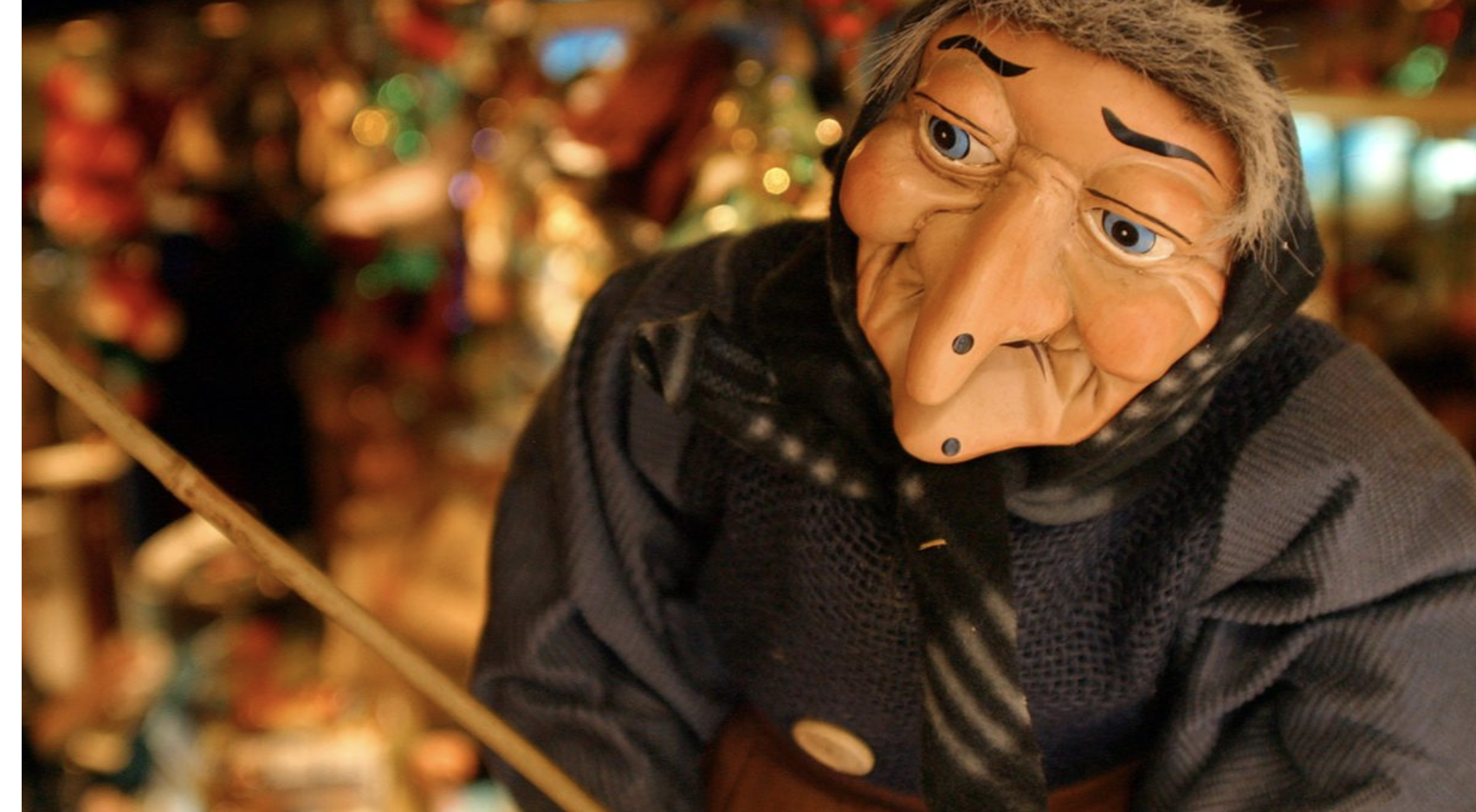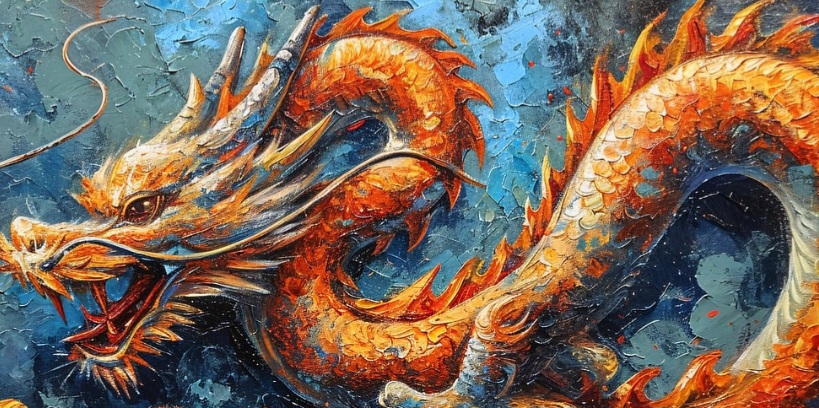By Iris Mbok, Year 12
In 2019, the Victoria Secret fashion show was cancelled for its lack of inclusivity and controversy. Viewers across the world, criticised this “iconic”, exclusive, fashion show which consists of its unreal-looking models parading the New York City runway for its lack of diversity in terms of race, representation of diverse body types and sexual orientation, contributing to a problematic and unrealistic beauty culture present in today’s society. This new and improved show in 2024, is embracing a modern approach focused on diversity, empowerment, and inclusivity. This comeback has sparked discussions about the constantly evolving beauty standards that young teenagers are subjected to and the fashion industry’s role in shaping them.
To begin with, Alex Consani, a transgender model and TikTok star, was one of the “Angels” (another name for the models chosen to represent the brand), at the 2024 Victoria’s Secret Fashion Show, which took place this past month. Her involvement in the show marked a pivotal moment for the company, showing its commitment to embracing inclusivity and diversity in all forms. As a trendsetter for transgender visibility in high-end fashion, Consani’s appearance on the runway challenged past beauty standards. Simultaneously reflecting a more modern, authentic approach to femininity and challenging the common perception of modelling.
Next, Ashley Graham too appeared on the runway rocking a black bodysuit with star-shaped wings extending from it. As a household name in the fashion industry, renowned for her advocacy of body positivity and inclusivity, she has challenged traditional beauty standards starting in 2016, when she became the first plus-size model to grace the cover of Sports Illustrated Swimsuit Edition, marking a turning moment for body diversity in mainstream media. Since then, she has been an avid advocate for representation, using her 21.4 million followers to push for greater visibility of diverse body types on runways, magazine covers, and ad campaigns.
Even though the brand’s increase in representation of race and body image in an attempt to dismantle this toxic modelling culture was greatly appreciated by some, others felt the brand was losing its value in doing so. Die-hard fans of the original show argued that the shift from unattainable, traditionally glamorous beauty to a more modern, liberal standard could devalue the brand, which was built on with the intent of depicting a specific image of unattainable beauty where the audience is left aspiring to look like these models. Furthermore, they questioned whether Victoria’s Secret could balance its historical appeal (which led it to have its household name), with this new, inclusive direction without losing its aspirational status. One fan on TikTok even stated that “in other places yes, here no” in reference to model Ashley Graham strutting the runway leading to a much larger conversation of where we should draw the line between Fatphobia and preserving a certain brand.
Victoria secret’s allure seems to be everlasting – but how can we find a balance between appeasing a brand which conforms to society’s restrictive standards of beauty and a constantly evolving world?



